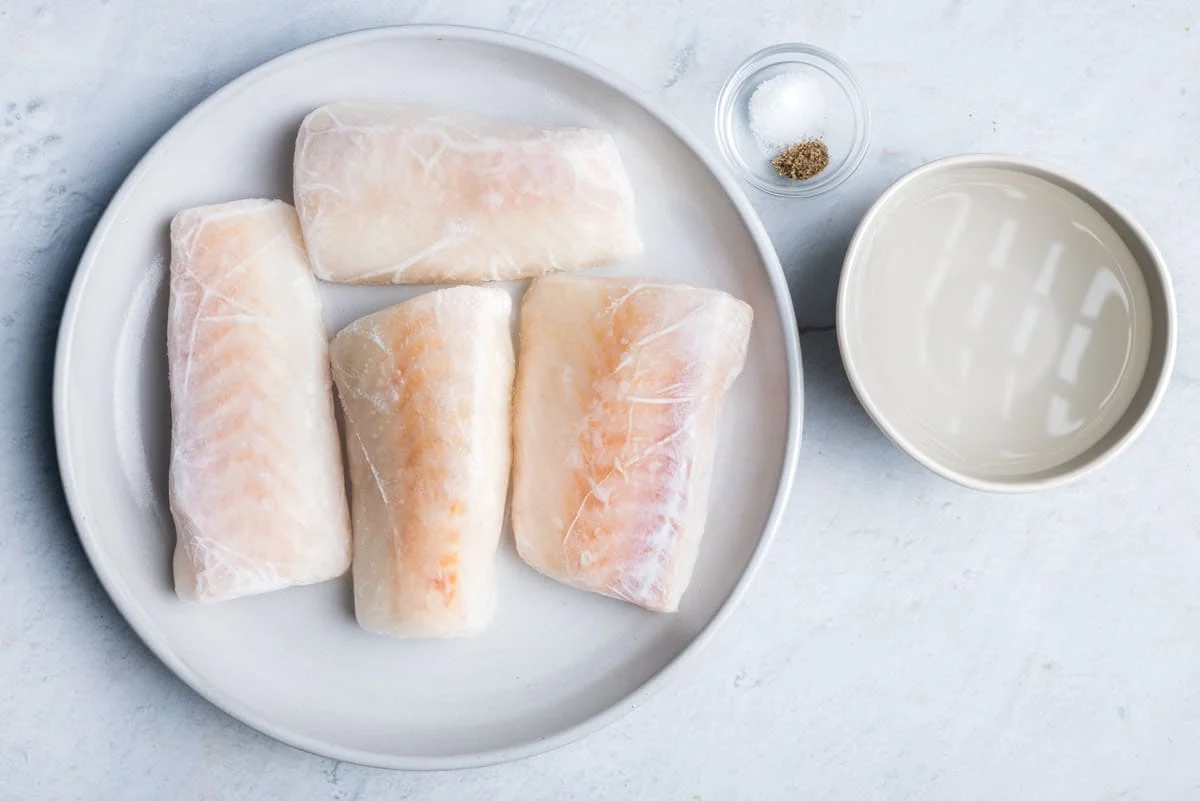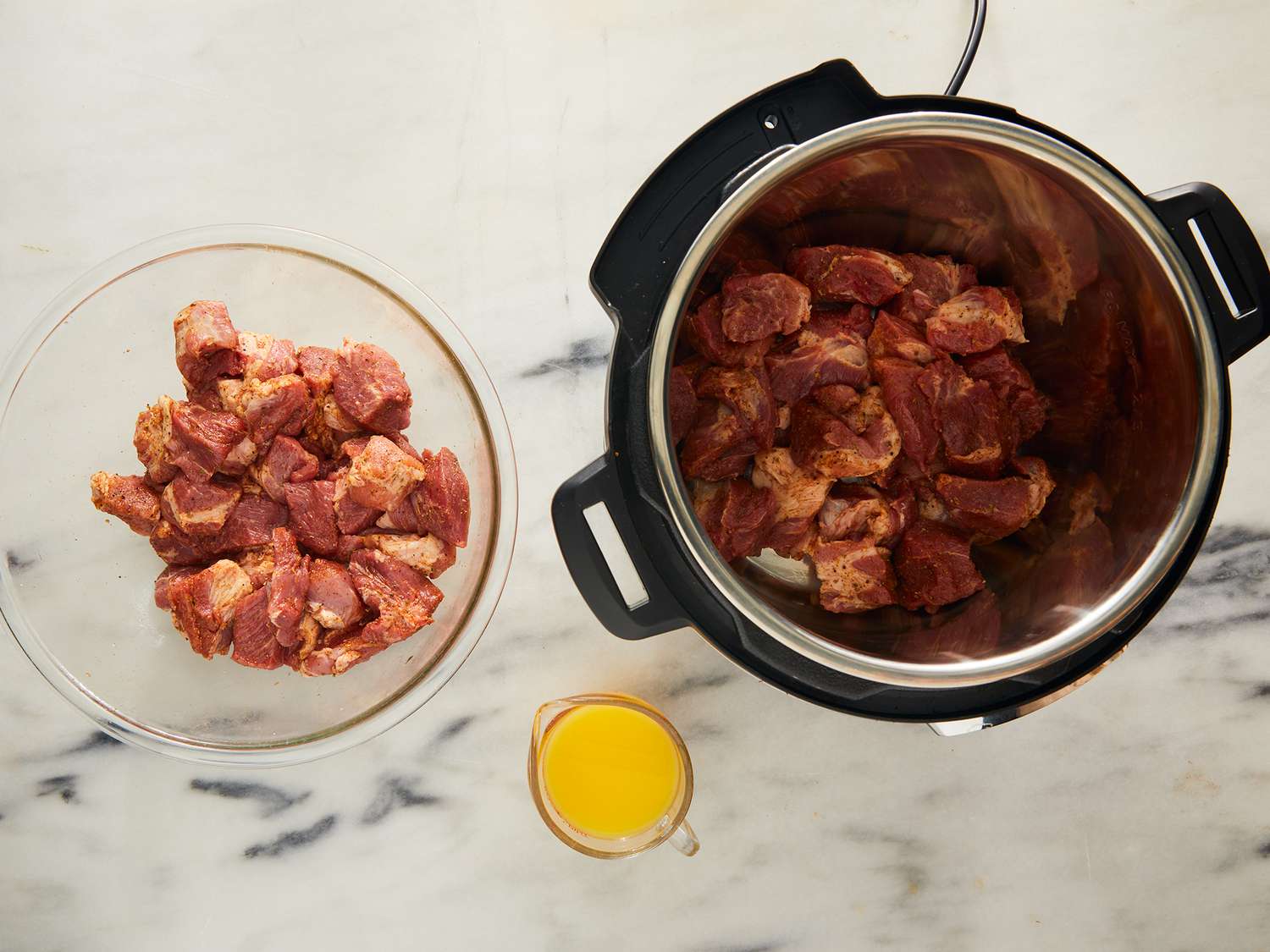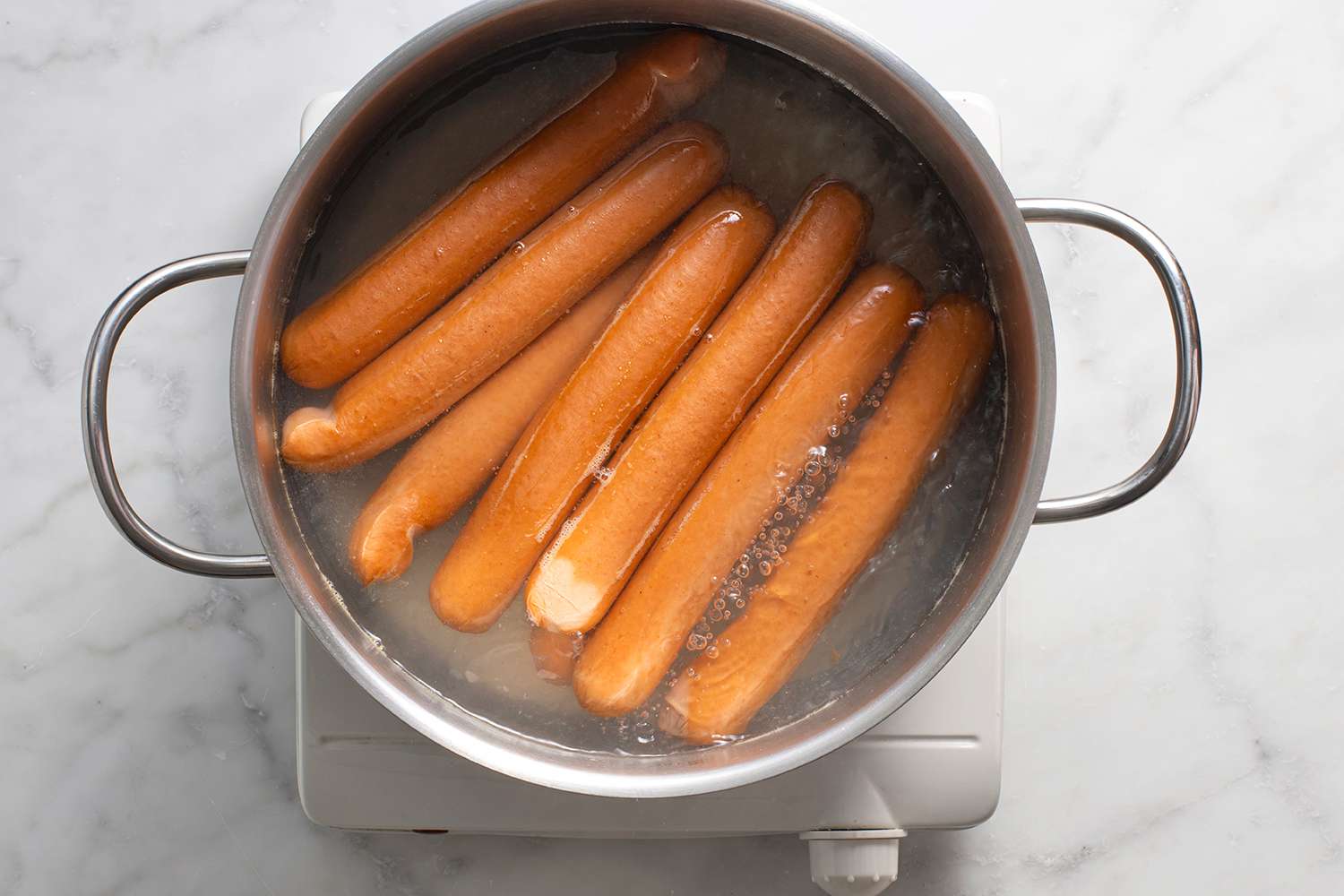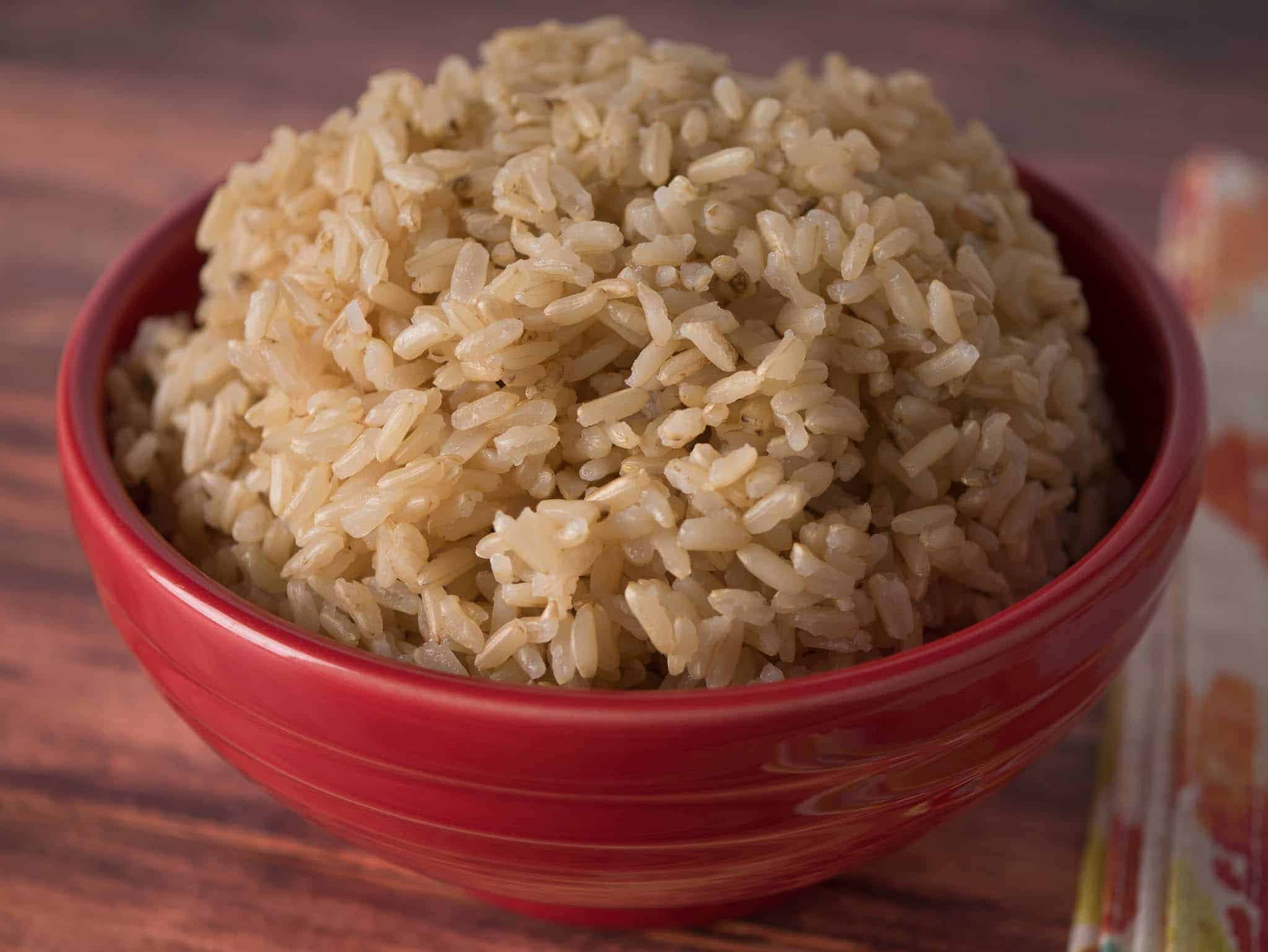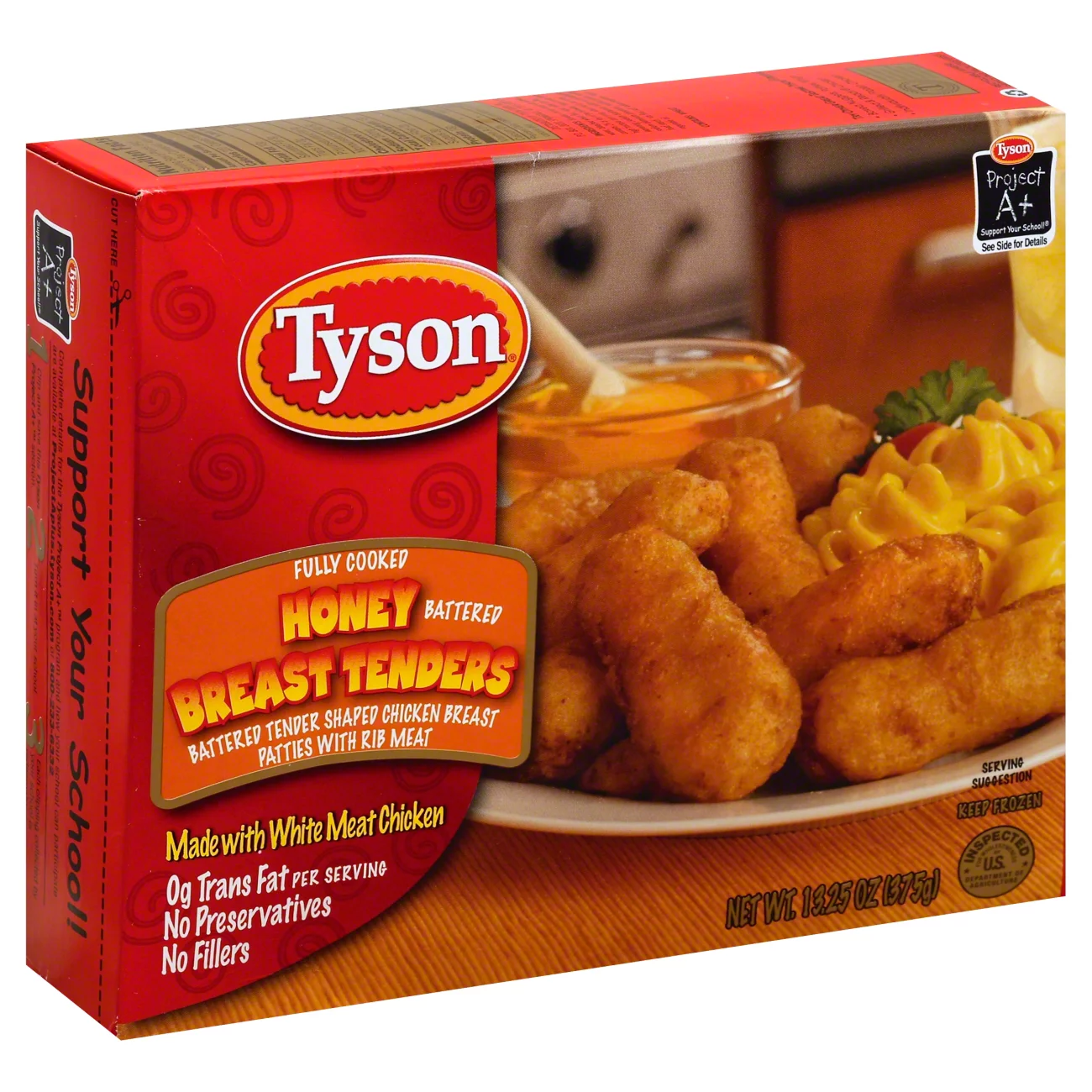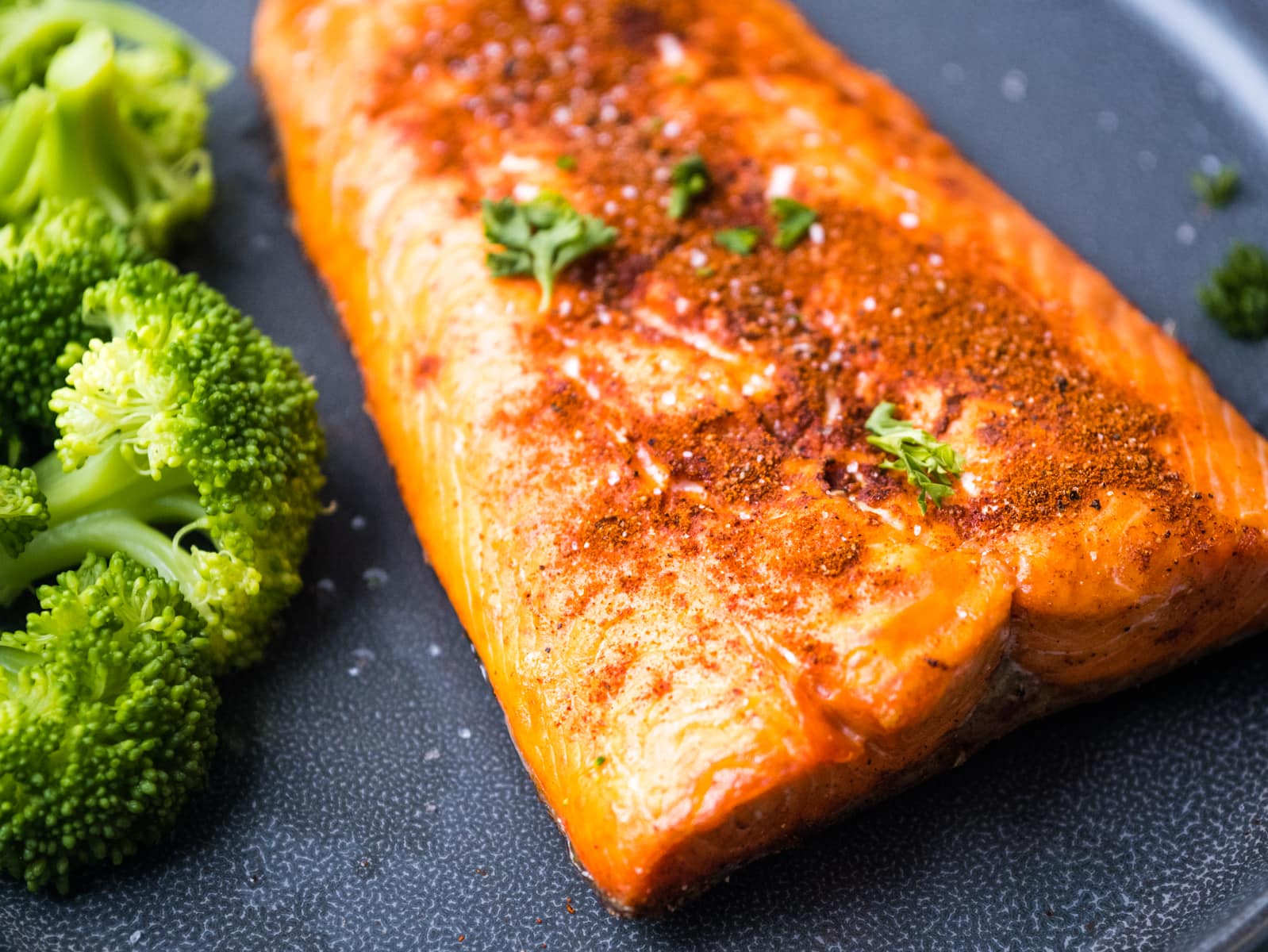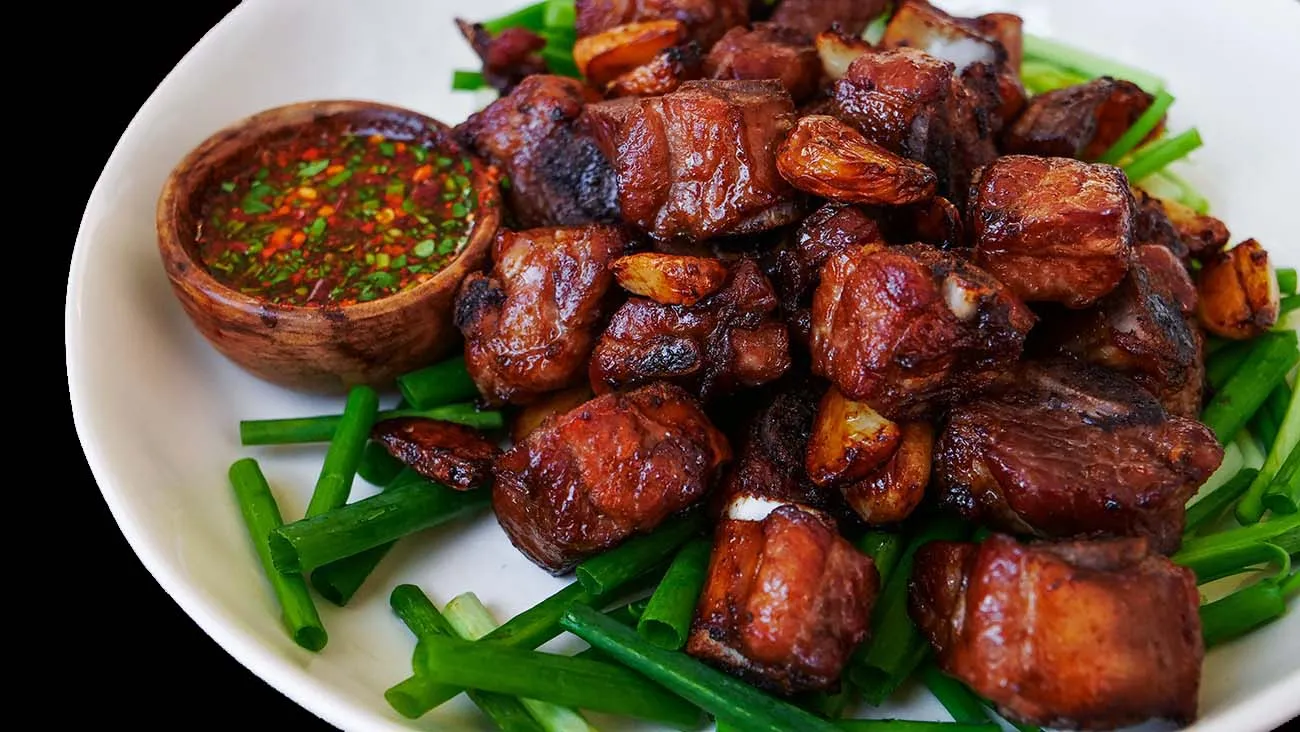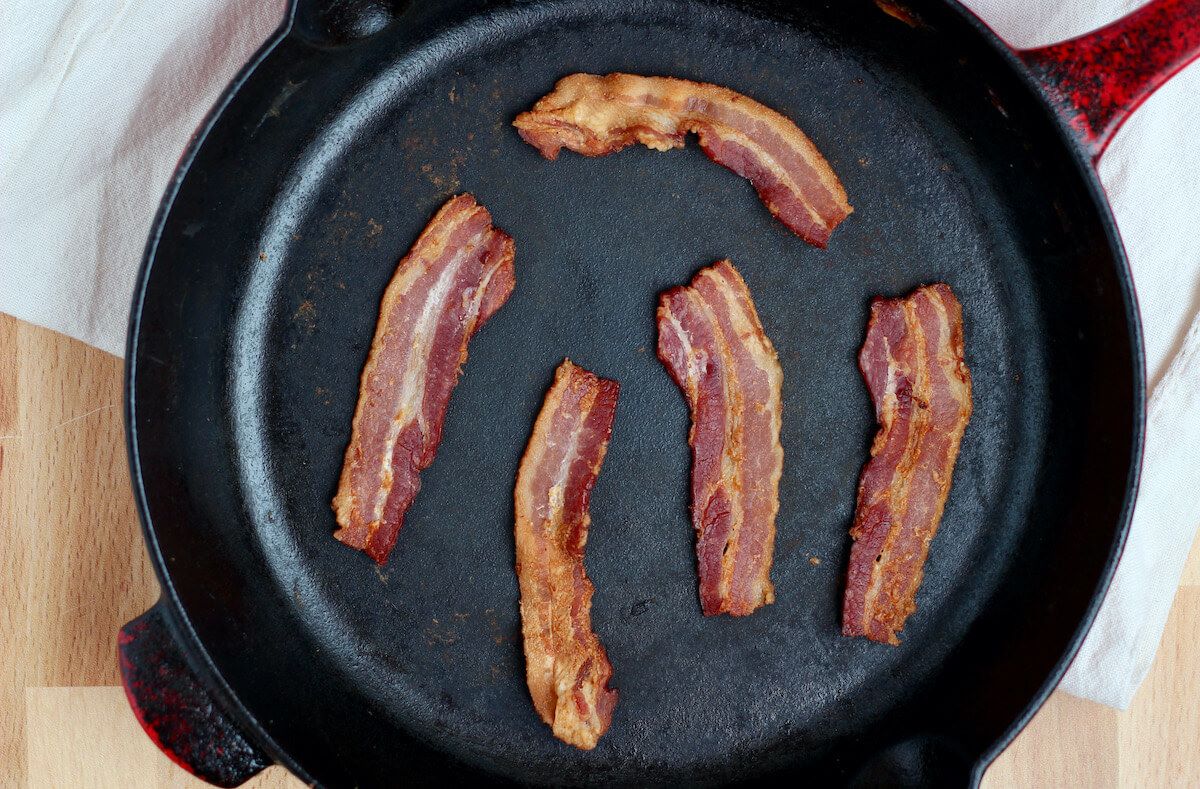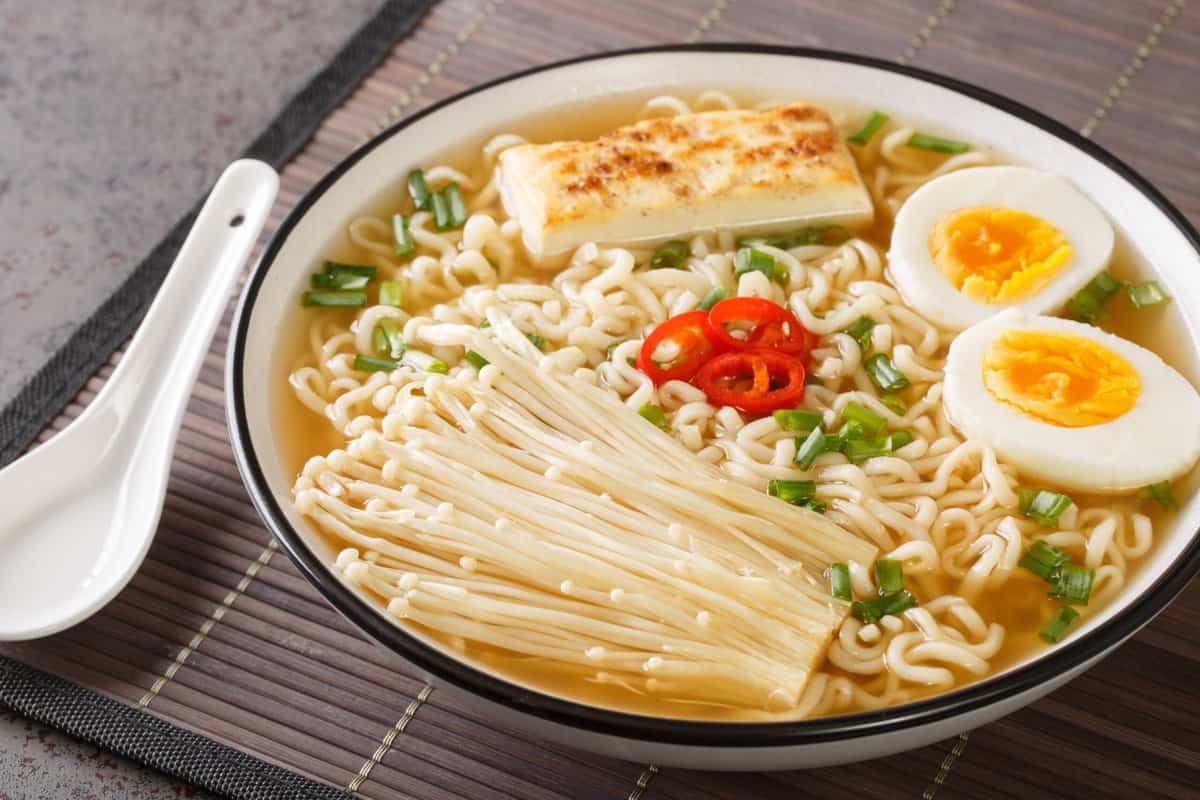Unlock the Hidden Potential of Tomato Leaves in Your Cooking
When it comes to cooking with tomatoes, most people focus on the juicy, flavorful fruit. But did you know that the leaves of the tomato plant can also be a valuable addition to your culinary repertoire? While they are often overlooked or discarded, tomato leaves can actually add a unique and delightful flavor to a variety of dishes. In this article, we will explore the world of cooking with tomato leaves and share some delicious recipes that will have you rethinking their potential in the kitchen.
Harvesting and Preparing Tomato Leaves
Before diving into the recipes, it’s important to understand how to properly harvest and prepare tomato leaves. Here are some simple steps to follow:
- Select healthy tomato plants with vibrant green leaves.
- Gently pluck the leaves from the stems.
- Thoroughly wash the leaves with water to remove any dirt or debris.
- Pat the leaves dry with a paper towel.
- Remove the stems and tough central vein from each leaf.
- Chop the leaves into smaller pieces or leave them whole, depending on your recipe.
Now that you have prepared your tomato leaves let’s explore some exciting ways to incorporate them into your cooking.
Tomato Leaf Pasta Sauce
Add a surprising twist to your favorite pasta dish with the subtle herbal notes of tomato leaves. Here’s how to make a delicious tomato leaf pasta sauce:
- Heat olive oil in a pan and sauté minced garlic until golden.
- Add chopped tomato leaves and cook for a few minutes until wilted.
- Stir in diced tomatoes, salt, and pepper.
- Simmer the sauce for about 20 minutes until the flavors meld together.
- Toss the sauce with freshly cooked pasta and garnish with grated Parmesan cheese.
Fragrant Tomato Leaf Tea
If you’re looking for a soothing and aromatic beverage, tomato leaf tea is the answer. Here’s how to brew your own cup:
- Bring a pot of water to a boil.
- Add a handful of tomato leaves and simmer for 5-10 minutes.
- Strain the tea and discard the leaves.
- Sweeten with honey or sugar, if desired.
- Serve hot or over ice for a refreshing drink.
Tomato Leaf Pesto
Give the classic pesto recipe a green twist by adding tomato leaves. Here’s how to make a flavorful tomato leaf pesto:
- In a food processor, combine tomato leaves, fresh basil, pine nuts, garlic, Parmesan cheese, and olive oil.
- Pulse until all the ingredients are well blended and form a paste-like consistency.
- Taste and adjust the seasoning with salt and pepper.
- Use the pesto as a spread on sandwiches, a dip for crackers, or toss it with cooked pasta.
The Versatility of Tomato Leaves
Now that you’ve discovered the incredible potential of tomato leaves, don’t limit yourself to just these recipes. Experiment with adding them to soups, stews, salads, and even cocktails. The subtle earthy flavor and aroma of tomato leaves can elevate your dishes to new heights.
Remember, when cooking with tomato leaves, it’s important to use them in moderation as their flavor can be intense. Start with smaller quantities and adjust according to your taste preferences.
So, the next time you find yourself with an abundance of tomato plants or simply want to explore new culinary horizons, don’t forget to harness the hidden potential of tomato leaves. Let these underrated leaves take centerstage in your kitchen and surprise your taste buds with their unique flavors.
For those looking to experiment with tomato leaves in their cooking, there are a variety of recipes to try. One can start with the Fragrant Tomato Leaf Tea Recipe, a soothing blend perfect for a relaxing evening. If you're in the mood for something hearty, the Tomato Leaf Soup Recipe offers a comforting bowl of warmth. For a savory appetizer, the Tomato Leaf and Basil Bruschetta Recipe is a must-try, combining fresh ingredients for a burst of flavor. Those seeking a more substantial dish will appreciate the Tomato Leaf Risotto Recipe, a creamy delight that showcases the unique taste of tomato leaves. For breakfast lovers, the Tomato Leaf and Chive Scrambled Eggs Recipe adds a fresh twist to a classic dish. Each recipe provides a unique way to incorporate this often-overlooked ingredient, offering a fresh perspective on using tomato leaves in the kitchen.
